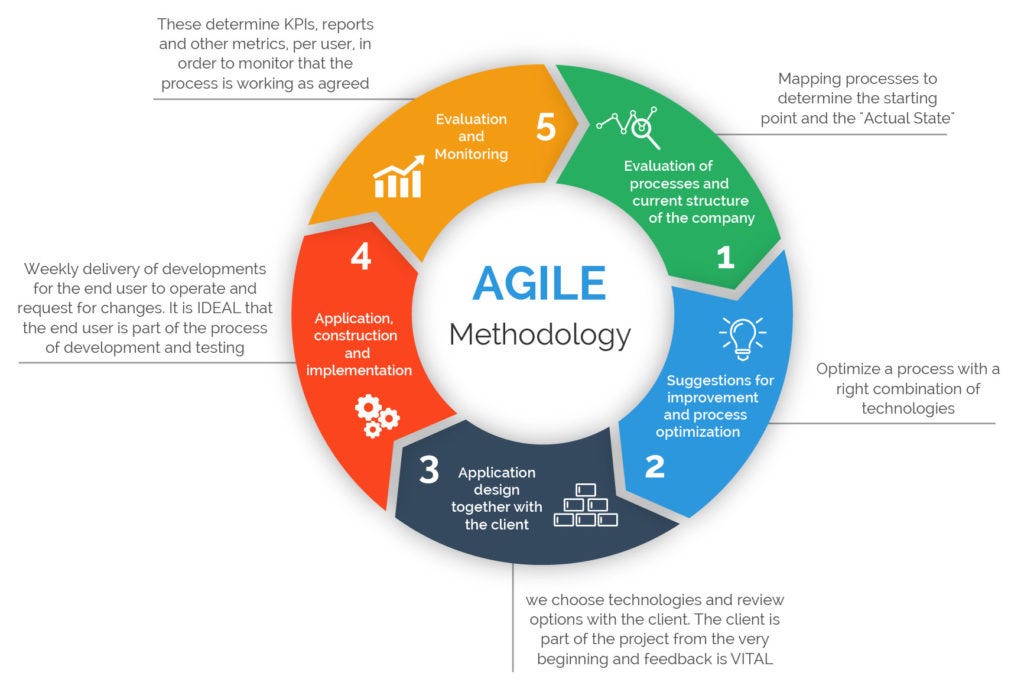Agile methodology has been a widely accepted methodology in modern software cultures. With its elastic and highly productive outcome, it's a highly preferred framework among software developers.
Within this guide, we are going to consider just two of the most commonly used agile methods, that is Extreme Programming (XP) and Scrum. Although they follow the majority of the exact iterations, they differ in some specific elements.
Extreme Programming (XP)
XP is an agile software development methodology. Like most methodologies, it is high on adaptability and responsiveness. One of the most noticeable aspects in XP is that changes are considered perfectly normal throughout the procedure and are integrated quite often during the procedure. In XP, it is possible to observe an increased variety of releases; which is done to enhance productivity and also to assimilate customer needs from time to time.
Process
But, iterations are supported throughout the procedure.
User stories are an exceptional concept attached to XP. A designated user composes stories on the way their applications need to meet certain requirements. Developers use these stories to define user acceptance tests. The consumer stories also help the staff to gauge the time and resources required to create the release. The consumer stories are often broken down into stacks of related performance. These stacks or iterations are additionally prioritized by the client so that many crucial activities are created first.
At the conclusion of every iteration, the user plays a user acceptance test from the consumer stories. This evaluation determines the completion of the specific iteration, also points out bugs, if there are any.
Core concepts
The XP methodology expects development teams to integrate changes to the evolution baseline at least one time each day. This concept is popularly called Constant Integration. This methodology believes that a pair of programmers writing the code matches consumer stories with higher quality (though the time required to do so, is not altered radically ). XP provides high value to the ease of a product layout. Though simplicity is understood to be abstract, it's quicker to reach a simpler design as opposed to some seemingly complicated one.

Scrum
Like XP, Scrum is another widely used agile software development methodology. Based on Wikipedia it's a "pragmatic and incremental agile software development methodology for handling product development". Unlike XP, Scrum methodology comprises both managerial and developmental procedures.
The Scrum approach assumes a need cannot be fully defined from the very start of the process, hence the staff is invited to deliver according to emerging requirements during the process.
Procedure
The process starts with the introduction of a backlog. This backlog is subsequently broken up into sprints in which the estimated time for each sprint is targeted. Sprints are only iterations, which normally last around 2-4 months. The scrum team nevertheless, does not allow changes to these sprints. After a sprint plan is in place and the plan is finalized, it remains unchanged until the end of the sprint. At the conclusion of each rush, the team intends to achieve potentially shippable merchandise with little or no changes at all.
The staff members regularly keep each other posted on questions like everything they did yesterday, what they are going to do now, and when there are any impediments that have to be dealt with immediately. At the conclusion of each sprint, teams retain sprint reviews and creep retrospectives.
The scrum team consists of scrum master, developers, and an item owner. The scrum master conducts the daily scrums and ensures that whatever impediments are confronted by the group are cared for, to guarantee the smooth operation of this process. The product proprietor is somebody who represents the client onboard. They work as a product director.
Core theories
The product backlog is similar to a wish list of features that the item proprietor would like to see from the last products. After the careful decision, a sprint backlog is created. This backlog is made up of some pick components in the product backlog, particularly those that the group wants to tackle first. As one sprint backlog is materialized by the conclusion of a run bicycle, the team proceeds to a different sprint bicycle in an identical way.
To estimate a deadline for the close of the project, a burndown chart is made. This chart points out to the number of sprints, the time taken to complete each dash along with the time remaining to complete the undertaking, this is quite helpful to help keep the team in speed with their targeted launch date.
These processes are integral to the agile application development methodology. Having a faster and wider adoption of this agile methodology across applications firms around the Earth, it's important you understand and understand the basic functionalities of these methods. Based on projects, you can consider adopting the XP methodology, Scrum, or a blend of both. Or you might reach out to software improvement services that are deft at utilizing these methodologies.
x
Comments
Post a Comment